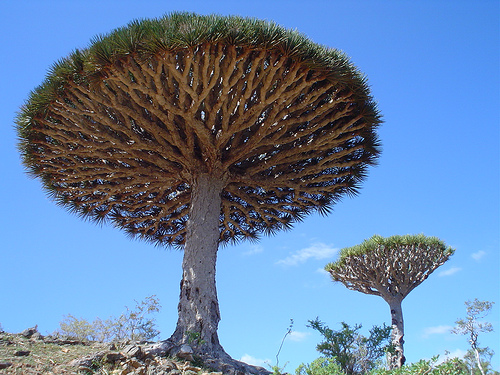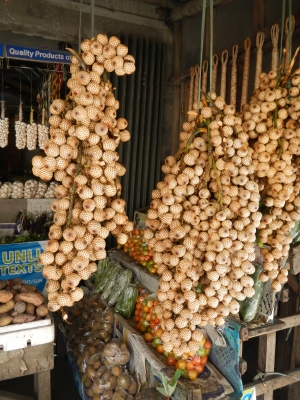 Daemonorops
draco. D. propinquus
Dragon's Blood, Dracorubin
Sanguis Dranconis Family: Palmae
Daemonorops
draco. D. propinquus
Dragon's Blood, Dracorubin
Sanguis Dranconis Family: Palmae
Dragon's Blood, as known in commerce, has several origins, the substance so named being contributed by widely differing species. Probably the best known is that from Sumatra. Daemomorops draco formerly known as Calamus draco, was transferred with many others of the species to Daemomorops, the chief distinguishing mark being the placing of the flowers along the branches instead of their being gathered into catkins, as in those remaining under Calamus.
Other sources of Dragons blood include the genuses of Calamus, Croton, Dracaena, Pterocarpus.
Used as a coloring agent.[1]
PART USED: Resin- Produced by the fruits, softened with water and pressed and dried.
ACTIONS
1. Astringent for diarrhea.[1]
PREPARATIONS: Information on preparation pdf.[2]


